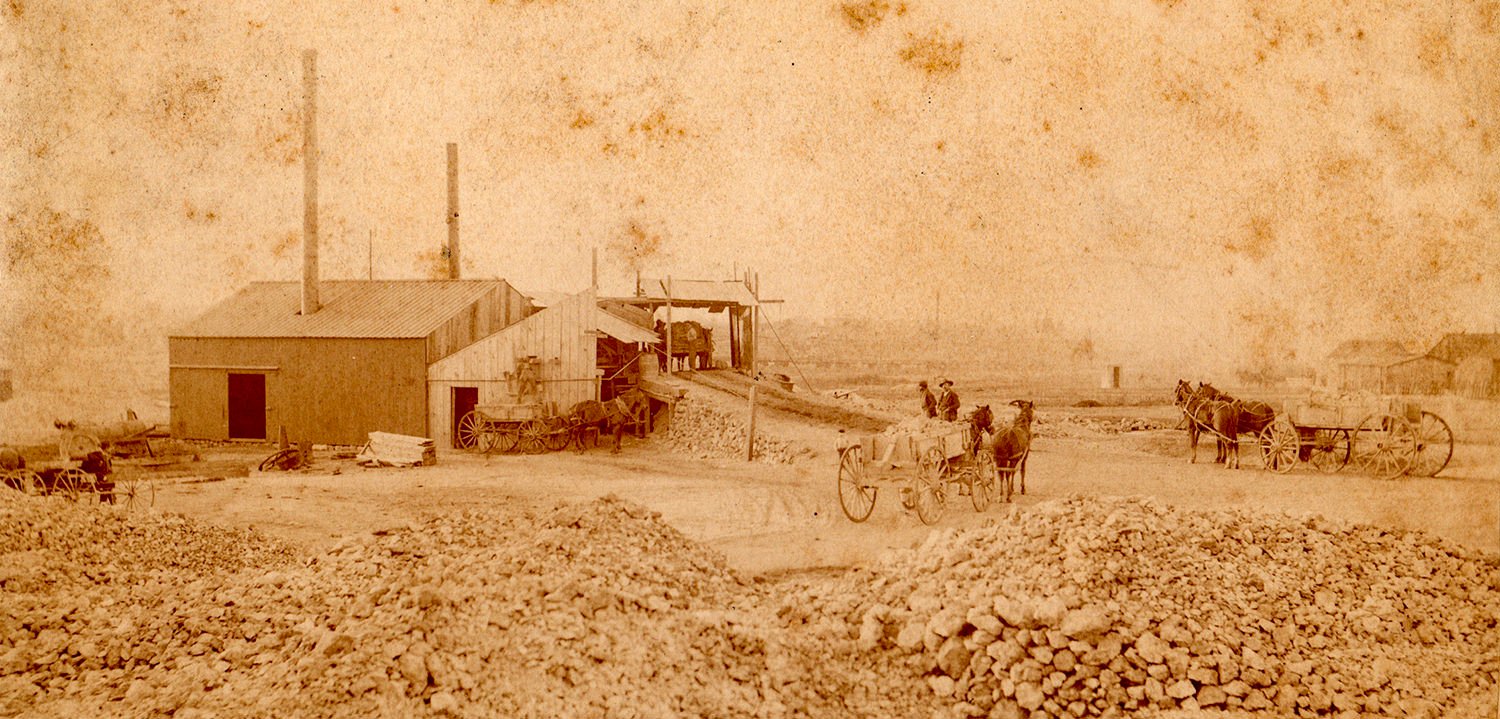
From the 3rd floor
of the Webb City Public Library
March 6, 2024
The world’s greatest lead and zinc mining district was found in the state of Missouri.
Prospecting and shallow surface mining began in Crawford, Moniteau, Morgan and Webster counties in the 1830s. Mining operations began in Southwest Missouri about 1850.
At this time, lead ore was transported by ox teams across almost impassable roads to Boonville, which was the nearest market for the mined ore.
In these early days, the value of zinc was low and it was tossed aside. Only the lead was processed all through the 1850s and up until 1860. The total lead output for the Southwest Missouri district in 1859 was valued at $1,153,000.00. During the Civil War, lead mining slowed but was still very much needed for the war effort.
During General Price’s raid through Missouri, Arkansas and Kansas, several thousand pounds of good Missouri lead were taken by the Confederates from the old Blow Kennett Smelter at Granby and was used in casting slugs for the old muzzle-loading rifles.
Records show that mining resumed at Granby in 1865 and by 1870 large discoveries of lead were made around Joplin. The 1870 census reported that Jasper County’s lead production for that year was $37,500.00.
The discovery of lead in the mid 1870s on John C. Webb’s land paved the way for the establishment of Webb City and Carterville, areas that went on to be leading producers of lead and zinc for the region.
In the early days, the depth of mines rarely exceeded 80 feet, but by 1907 the depth was averaging between 150 to 250 feet. Richer and better ore was encountered at the deeper depths so most contracts were drawn up for 250 feet. Reports from 1907 show there were still richer deposits found at the 400- to 600-foot levels.